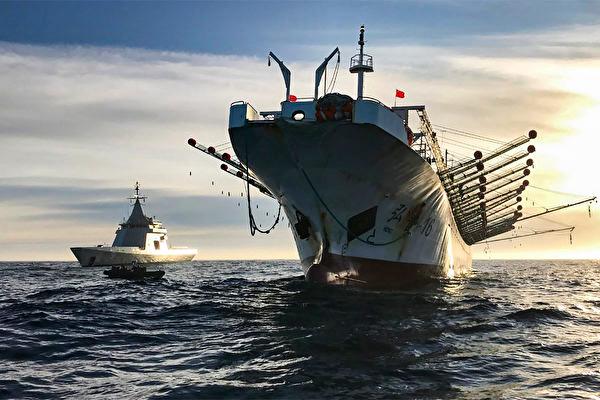A visit by China’s Foreign Minister Wang Yi to South Pacific islands from May 26 to June 4 culminated in the establishment of multiple fisheries agreements with several island nations.
The United States and its allies suspect the agreements are a veiled attempt by the Chinese Communist Party (CCP) to expand its influence in the region and to unfairly exploit the local fishing industry.





